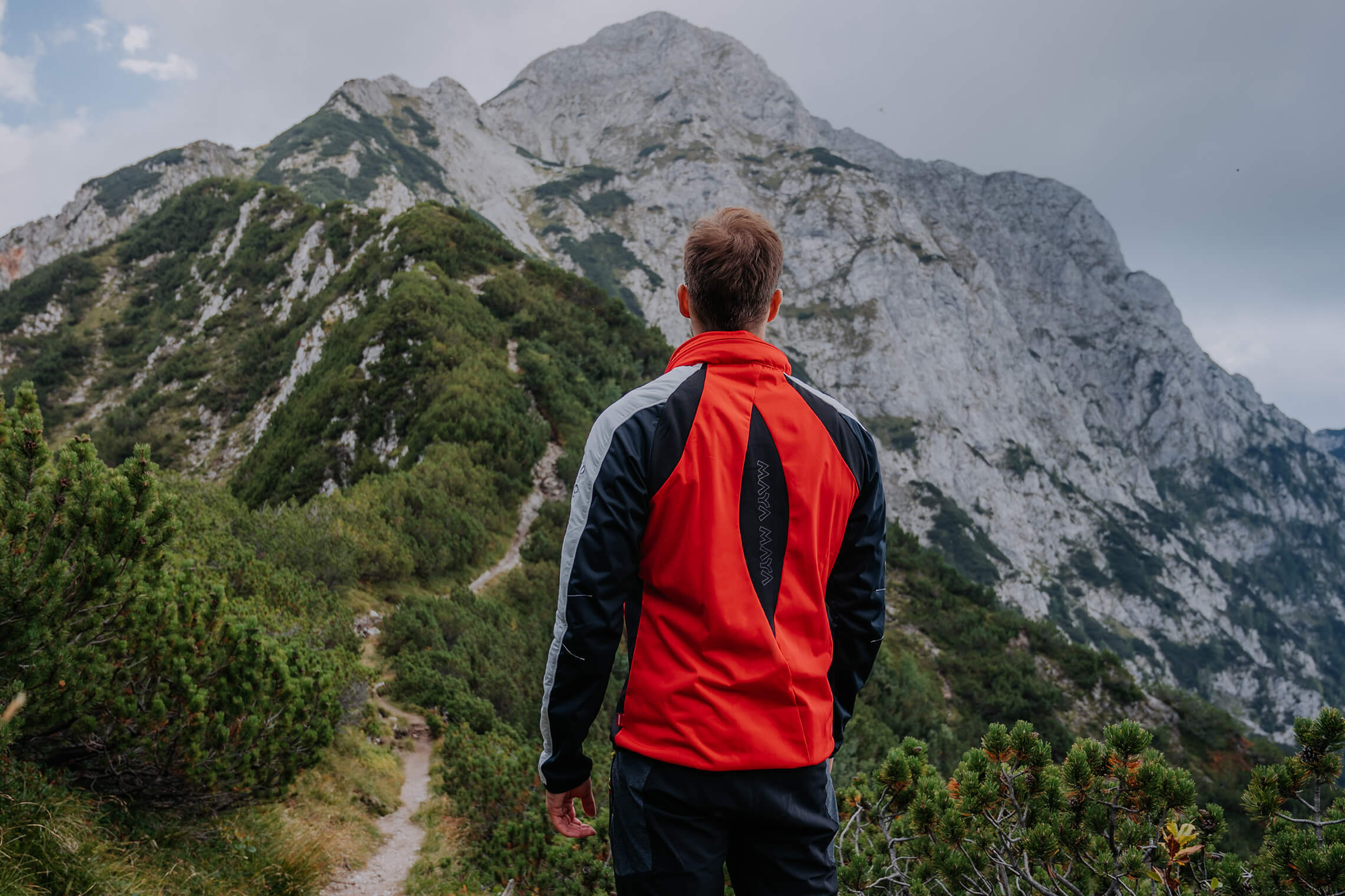
THE HEAT: Part 1
How our body functions in the heat?
Spring and colder days are behind us, while we are still getting accustomed to the warm summer days. Different weather calls for different clothing and gear, but sometimes it can seem a bit overwhelming. What to wear in the outdoors and how to stay safe under the glooming sun is always a question we ask ourselves. In this mini-series, we will guide you through the basics of our body and how it adapts to the heat. Moreover, we will reflect on the appropriate clothing and how to stay both hydrated and protected from the UV rays. So let’s start with the basics!
THE THERMAL COMFORT
From the day we became conscious of ourselves and our surroundings, we have been aware that our bodies are a complex, perfectly functioning machines. From the smallest cells, to our body as a whole, we humans function 24/7 in a perfect harmony. Different circumstances and events can cause stress to this harmony, influencing our bodies to work even harder to keep us in check.
If we are talking about the outdoors and physical activities, one of the main things which comes into focus is the thermo-physiological comfort, or in other words, the balance of the heat in our body. Depending on the weather conditions and the outside temperature, our body works to keep us in balance. Different environments affect us in different ways, depending on the conditions around us.
Let’s take two different situations to illustrate this example. First, imagine running on a hot summer day next to the sea. The sun is shining and your body heat starts to increase. One of the most obvious ways to cool yourself is to dive into the sea. It will cool you down, right? Feels great! Now let’s imagine a rainy day and you are walking outside without an umbrella, exposing your body to the rain drops. What will provide you with comfort? Surely not the sea, even if it is the same temperature as it is on a sunny day. You crave a hot shower and warm clothes. Therefore, depending on the state of our body, if the body heat is increasing or decreasing, same environments can provide you with the comfort in one situation, or discomfort in the other.
Thermal comfort comes here into play. It can be regarded as a subjective feeling and represents absence of thermal discomfort. Sounds quite simple and it really is. We are aware of the thermal imbalance only in the situations when we feel discomfort. When our body heat is regulated, we don’t think much about it. But when we are standing under the running air-con or standing in the heated concrete surroundings, that is when we feel the discomfort.
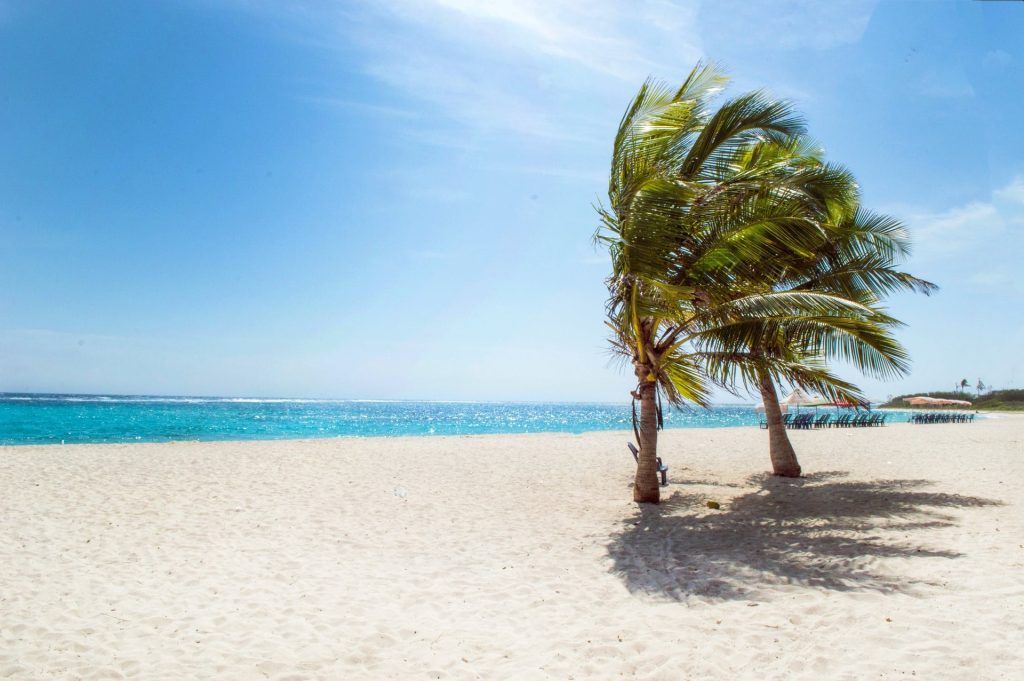
INTERNAL TEMPERATURE REGULATION
That is the moment when our body tries to regulate its internal temperature, where heat exchange happens between our body and the environment around it. It is done primarily with the help of the blood flow. The blood located in the centre of our body is warmer than the blood in our skin and the environment we are in. By flowing through the skin, the blood cools down and keeps our body warmth in check. That is the primary mechanism of cool down our body performs.
The second one, which happens not too often, is sweating. When the level of our physical activity increases or the temperatures in the environment are too high, the blood flow can’t effectively cool down the body and the heat starts to accumulate in the tissue. That is when the thermoreceptors in our skin send the signal to our brain and alert it about the excess heat accumulation.
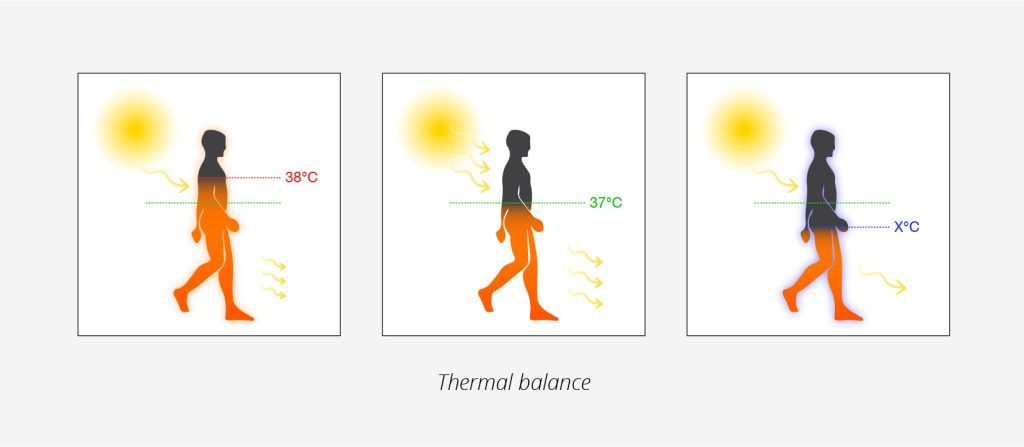
SWEATING AS A LIFESAVER
Sweating is a process typical for mammals, but not all mammals. Humans have sweat glands located throughout the whole body. They are small tubular structures through which the sweat leaves our body. One square of skin, with the sides 1 cm long, contains from 100 to 400 sweat glands. That is a lot, right? Then imagine having from 2 to 5 million sweat glands over the whole body. Even though they are so small, they greatly help with the thermal regulation of our body. The sweat itself is mainly water based, but besides that, it contains different electrolytes, such as sodium, chloride and other. That is why our sweat has a salty taste or why the sweat can leave white or yellow traces on our clothing. We can all thank the electrolytes from sweat for that. But let’s focus now on how sweat helps us.
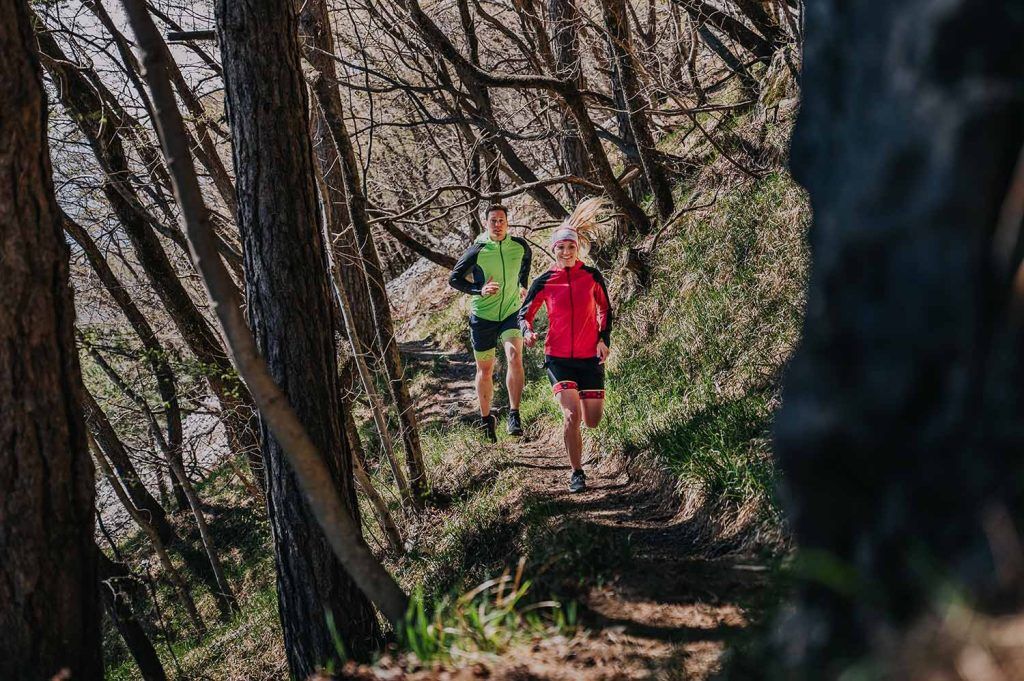
We all know how the sweat on our skin feels. A bit uncomfortable you would agree. The higher the temperature is around us, the more we sweat. Humidity also plays a big role. The more humid the air is, the sweat will have more difficulty evaporating from our skin and cooling us down. If we spend an hour moderately running or riding a bicycle, there is a high chance that we lost a couple of decilitres of sweat. There are definitely some rare cases which represent an outlier.
Time for a short fun fact! You might know a famous runner Alberto Salazar, who competed as a long runner in the 80s. His participation at the 1984 Summer Olympic Games was memorable indeed, but not only for his accomplishments. That was the year when the record for highest level of sweating of all time. Alberto lost during the Olympic marathon, despite the fact that he was drinking water during the race, astonishing 5.4 kg. His sweat glands released up to 3.7 liters of sweat in an hour. Of course, this is a rare case and it was tied to different factors. But you get the picture.
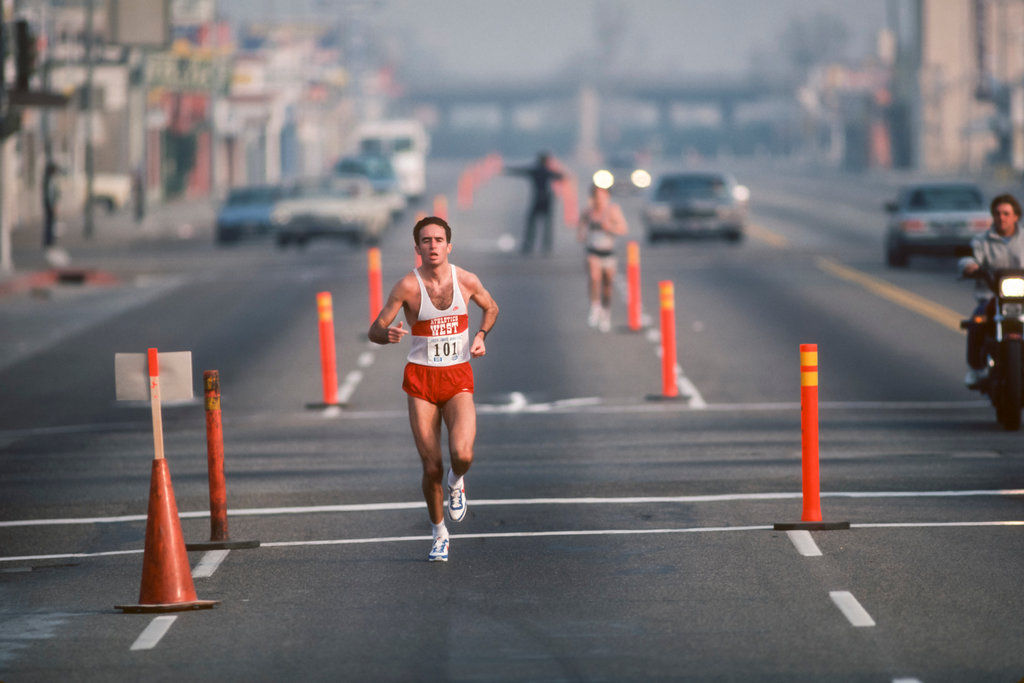
Sometimes we can’t picture where the sweat comes from. We don’t have any water storage under our skin, so how does it appear on the top of it? Majority of the sweat firstly comes from the blood, where the water separates itself and leaves the blood flow. The second source of sweat is the water located between our cells. That is where it gets risky. Due to the loss of water from around our cells, we risk falling into dehydration. We will reflect on that shortly. To conclude, the sweat by itself does not cool us down. But the evaporation of the sweat from our skin does. That is where the true value and function of the sweat lies, or to be precise, the value of sweat evaporation.
DEHYDRATION
You have all heard of dehydration. It can be regarded as the state where there is a lack of water in our body. The question remains where all that water is located. Well, some of it is in the blood and between our cells as we have already mentioned, while it can also be found in the binding tissue, inside the cells, bones and other. Men have a slightly higher level of water than women do, and it amounts to around 60-70% of their body weight. To illustrate that, a grown man who weights 70kg, has around 42kg of water. For a visual representation of the water distribution, look at the illustration below.
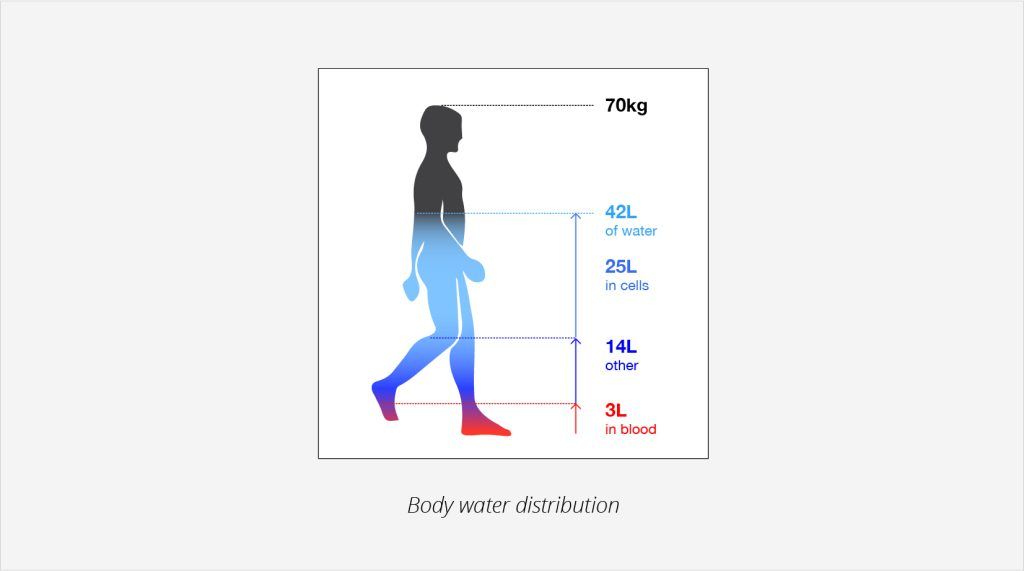
HOW MUCH WATER CAN I LOSE BEFORE I GET DEHYDRATED?
THE HEAT INDEX
For the end, we will briefly present a table which contains different values of the heat index. This table will help you prepare better for your exercise or other physical activities in the outdoors. The table presented combines two different factors, the temperature and the humidity.
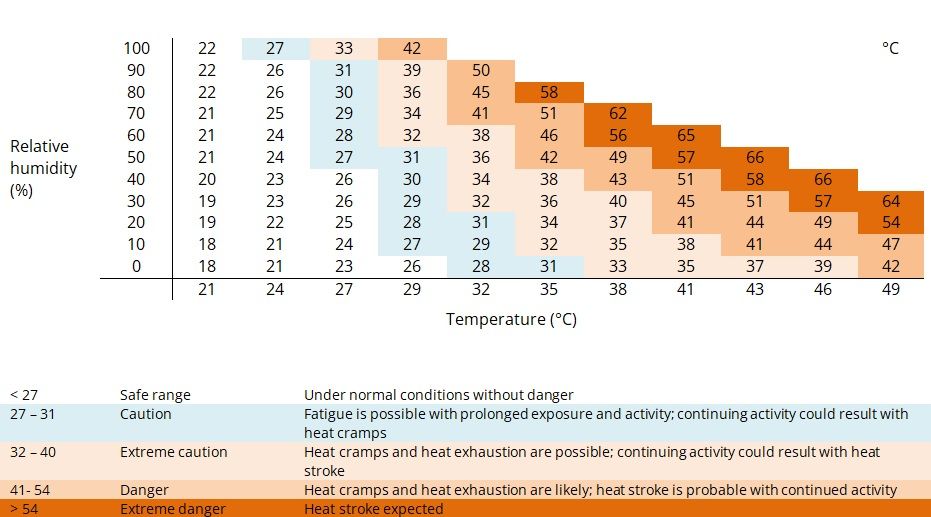
On the horizontal axis we choose the temperature of the air in the environment. Then, on the vertical axis the relative humidity of the air should be chosen. Based on the two values, we can read out the heat index in the table. So, if you are considering running when the temperature is 32 °C and the humidity is 70%, the heat index will affect your body as if you were running in a non-humid environment where the temperature amounts to 41 °C.
Latest guides


THE HEAT: Part 3
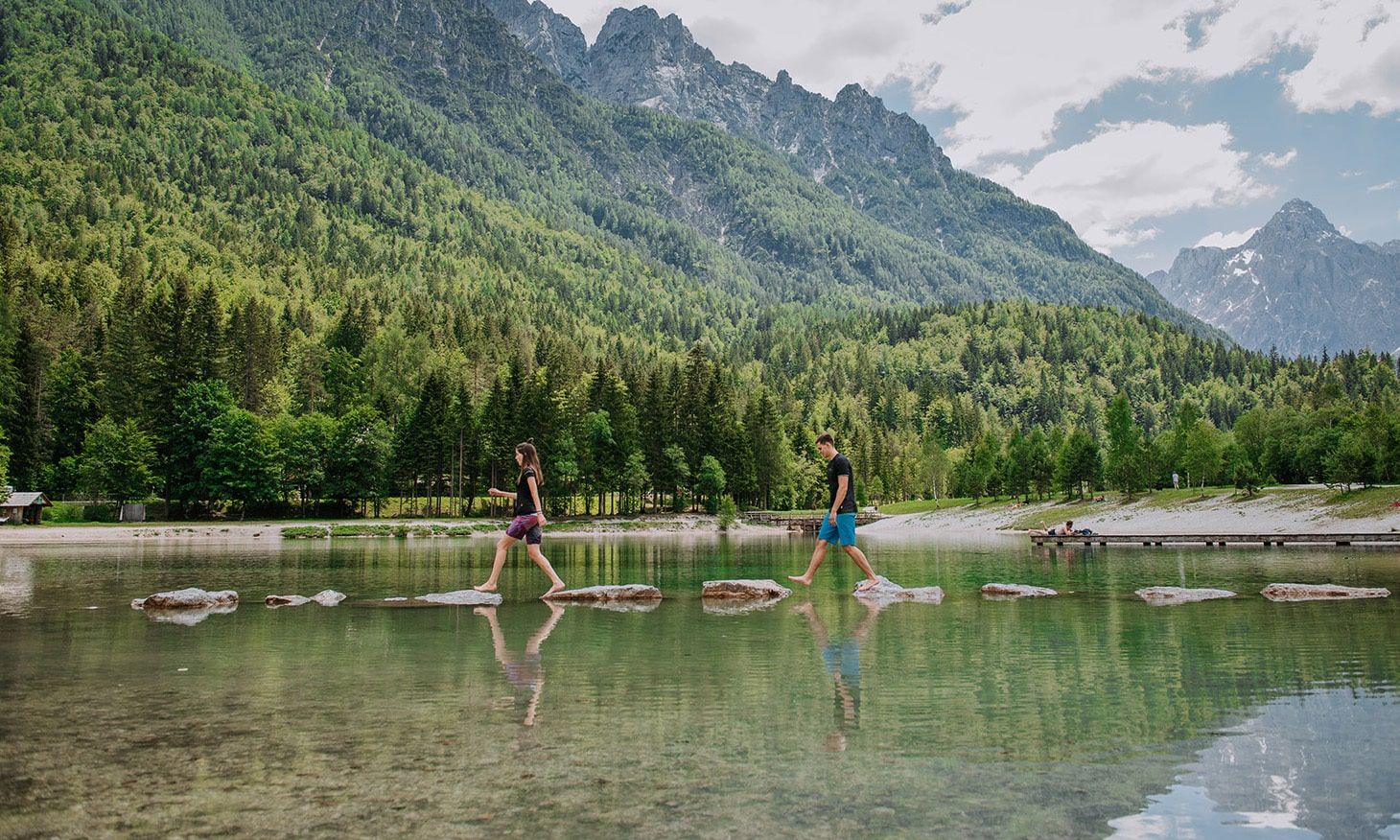
THE HEAT: Part 2
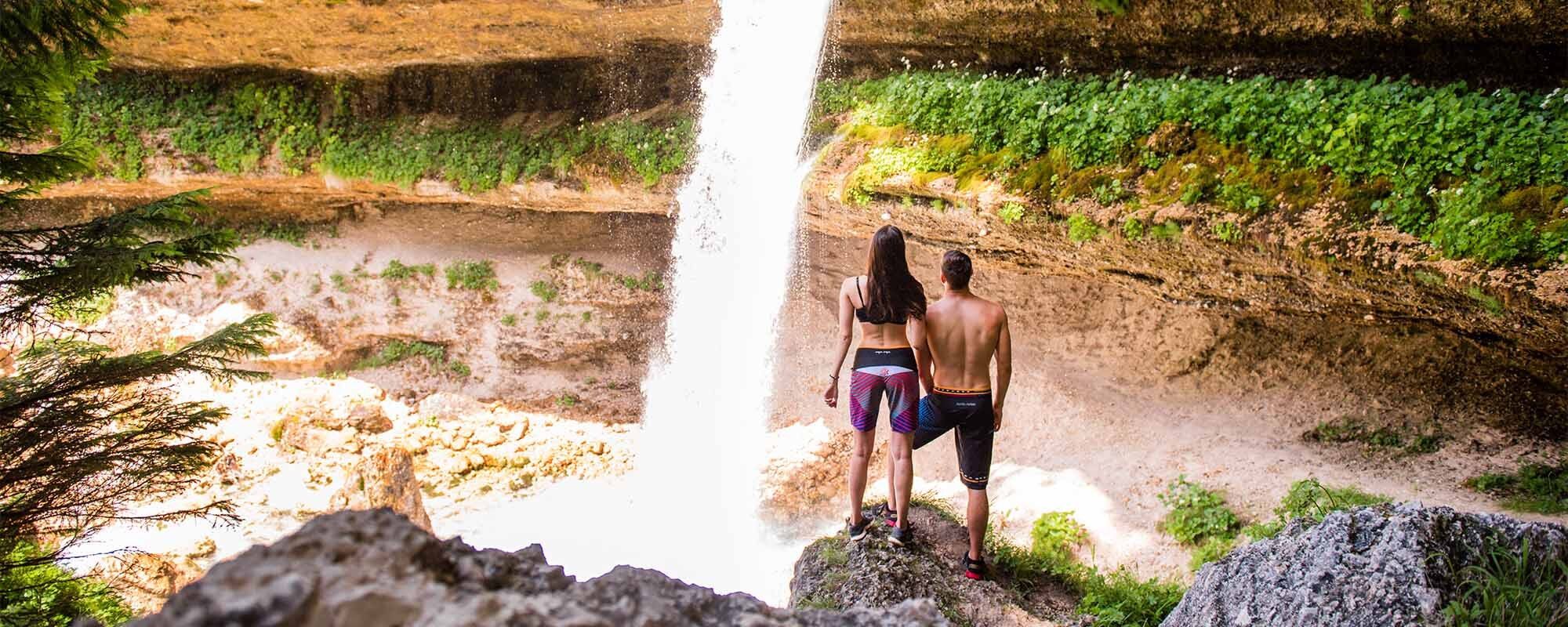
THE HEAT: Part 1
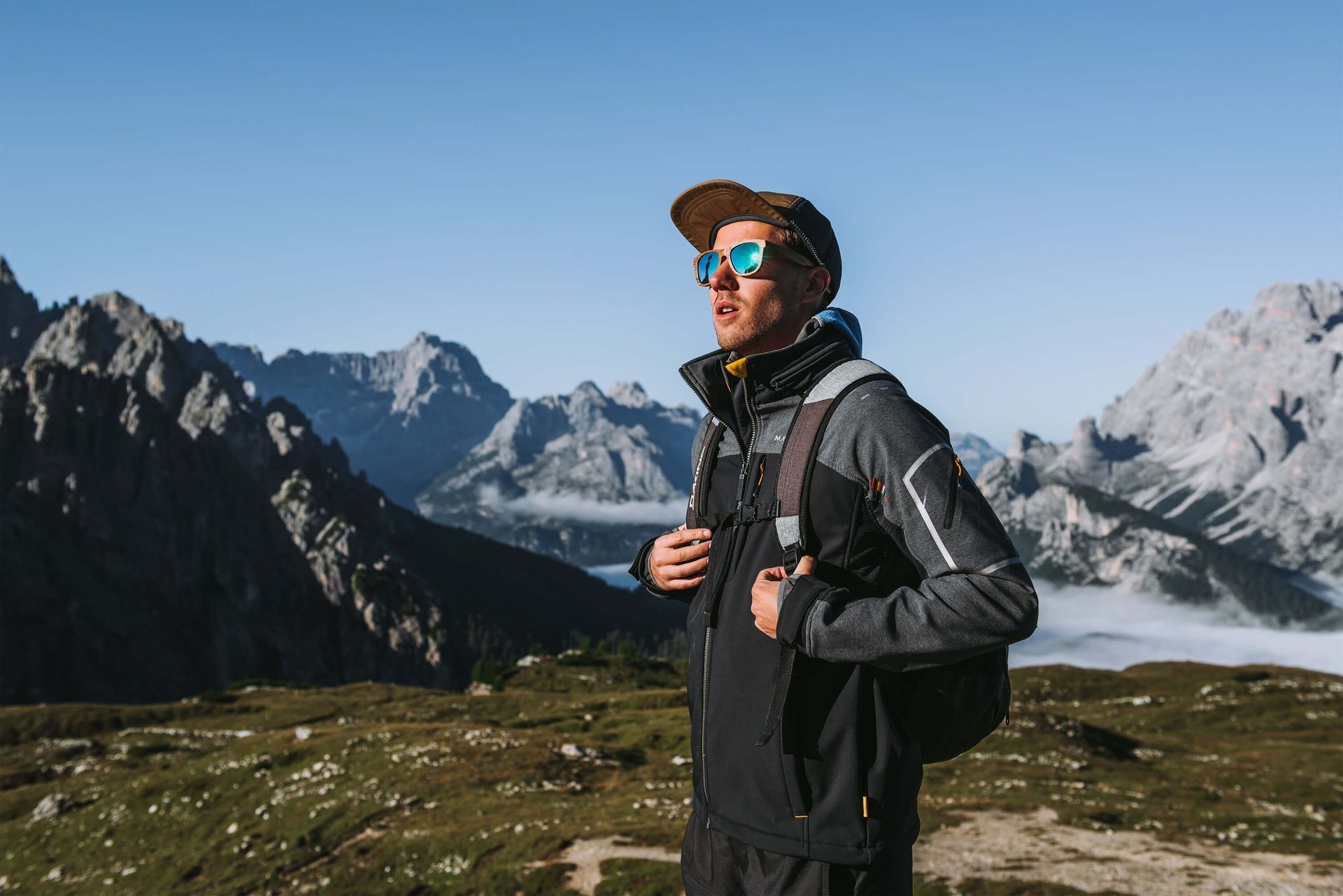
Thermal balance: what it means?
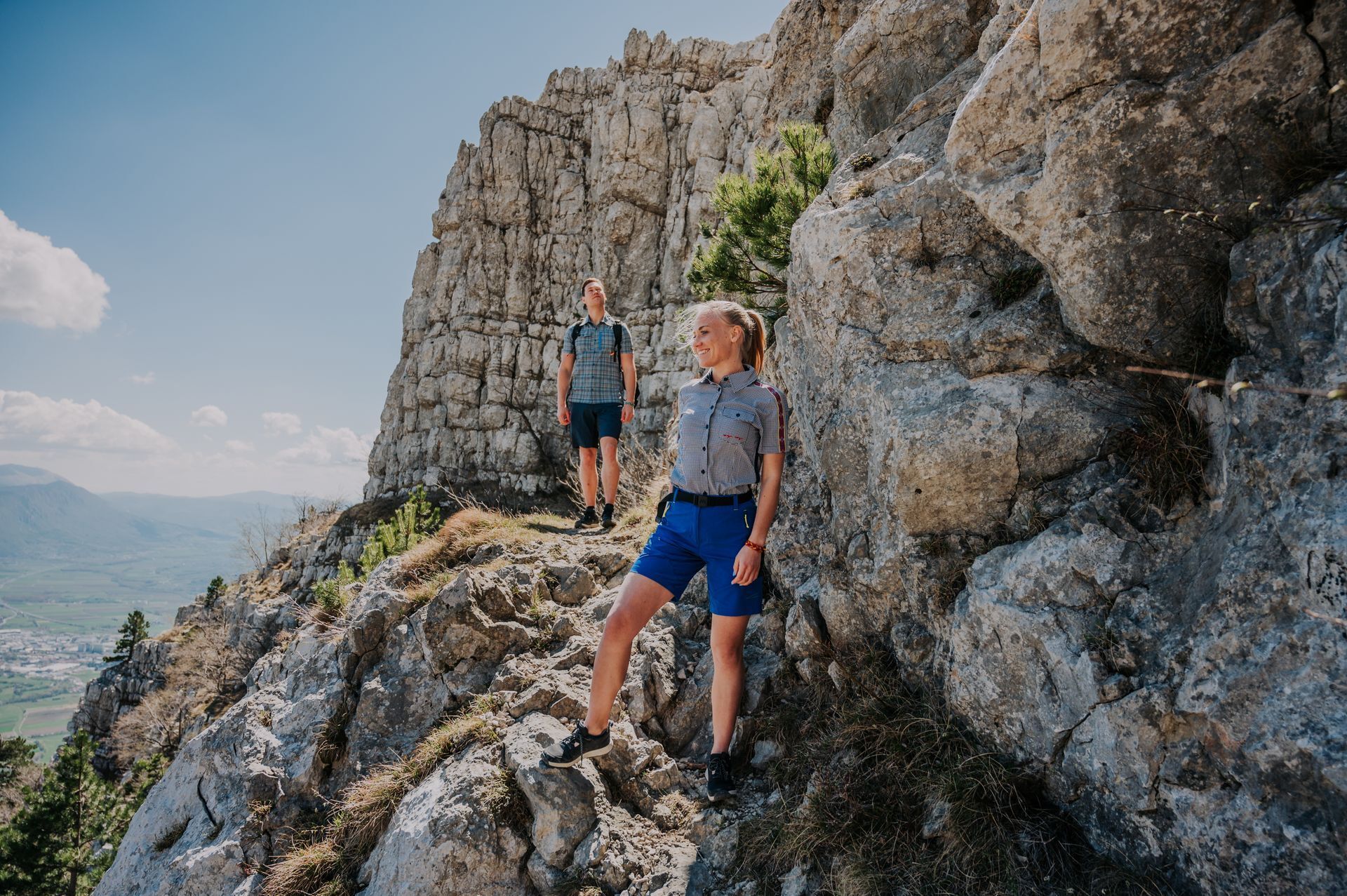
What do I wear for hiking?
Inspiring stories

History of Ancient Mayans

Event recap
Discover the magic of MAYA MAYA at our Landquart event. Explore the ‘Unique and Indigenous’ collection, enjoy cocktails, and workshops.

What to wear for an autumn hike?
Gear up for colder days with our guide on hiking in dry conditions. Learn about layering, baselayer, softshell and pants for optimal comfort.

THE HEAT: Part 3
Stay stylish and protected under the summer sun with our perfect outfits for walking, beach outings, active vacations, and mountain hikes.

THE HEAT: Part 2
Stay safe in the heat with tips on UV protection, hydration, and clothing. Adapt to summer conditions for outdoor activities, enjoy the sun!

THE HEAT: Part 1
Learn how your body functions in the heat, how to stay safe outdoors, basics of thermal comfort, internal temperature regulation, sweating.

Thermal balance: what it means?
Thermal balance is crucial for our well-being. Understand what it means, how it affects us and learn about heat exchange and metabolism.



